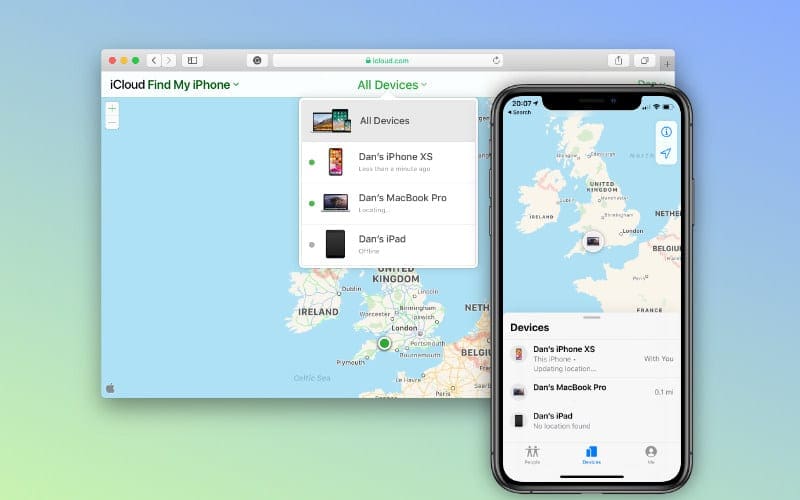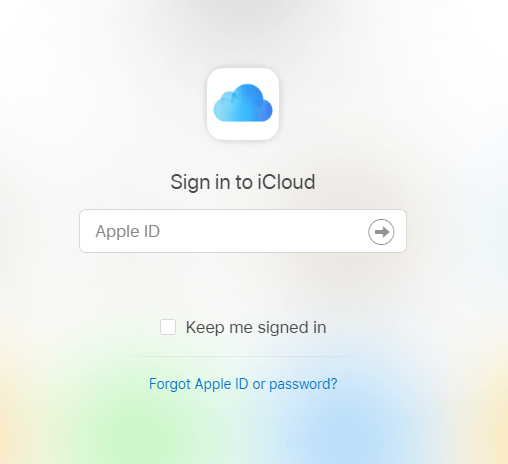
Remove an Apple Watch or AirPods: Turn off Apple Watch or put AirPods in their case.Enter your Apple ID password, then click Continue. macOS 10.14 or earlier: Click iCloud, then deselect Find My Mac.macOS Catalina 10.15 or later: Click Apple ID, click iCloud, then deselect Find My Mac.Remove a Mac: On the Mac, choose Apple menu > System Preferences, then do one of the following:.Enter your Apple ID password, then tap Turn Off. iOS 12 or earlier: Go to Settings > > iCloud, then turn off Find My.iOS 13, iPadOS 13, or later: Go to Settings > > Find My, then turn off Find My.Remove an iPhone, iPad, or iPod touch: On the device, do one of the following:.In order to sign in go to Find My iPhone, then check /find. When you remove a device, obviously, it’s removed from your Devices list and Activation Lock is turned off. Some custom security policies may take effect only after a restart.In case, you don’t use an iPhone, iPad, iPod touch, Mac, Apple Watch, or Air Pods not a lot, you can remove them in Find My iPhone on. If your origin servers already have their own security policies, ensure that they have taken effect.The range cannot start with 0, for example, 1-100. To specify a range, enter two port numbers connected by a hyphen (-).

Specifies the destination port number or port number range. The default value is 0.0.0.0/0, indicating that traffic can be sent to all IP addresses. Specifies the destination IP address to which the traffic is permitted. This parameter is mandatory if you set Protocol to TCP or UDP. Specifies the source port number or port number range. Set this parameter to the back-to-origin IP address.

If ICMP or ANY is selected, you do not need to specify port information. You can select a value from the drop-down list. Specifies the protocol supported by the network ACL.


 0 kommentar(er)
0 kommentar(er)
